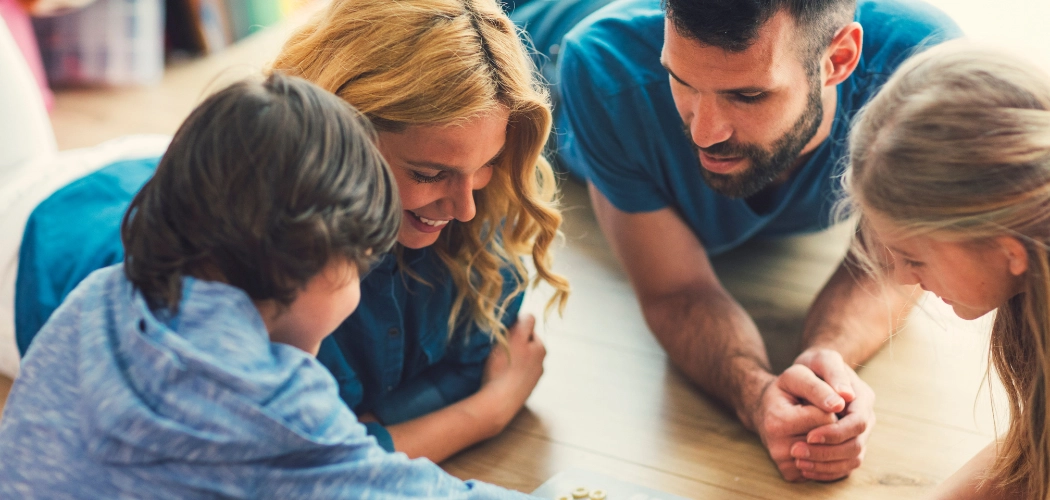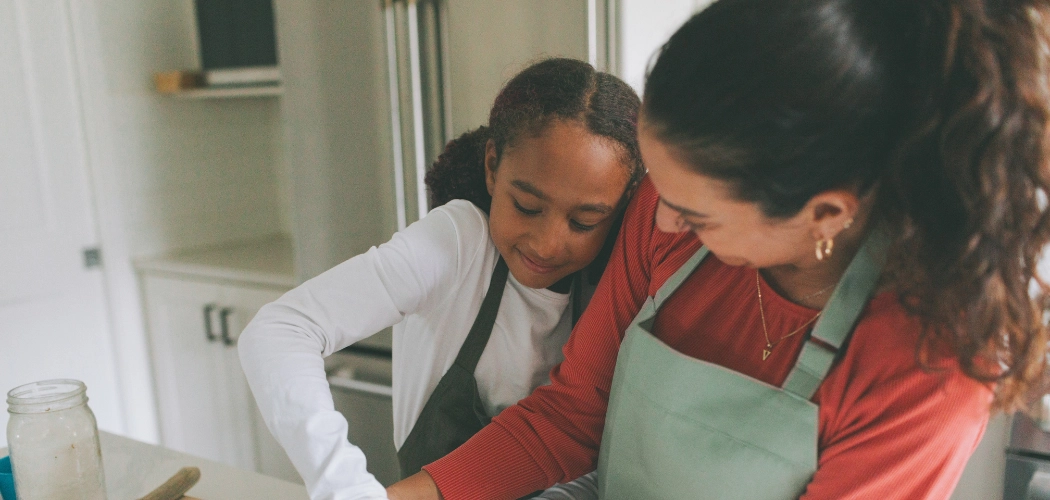Gratitude is more than just a feeling — it’s a practice, a habit, and a tradition that can transform the way we see the world.
When we intentionally cultivate gratitude as a family tradition, we create a home environment where thankfulness becomes a part of everyday life. It’s not just about special occasions or holidays; it’s about finding ways to express gratitude all year long.
Starting family traditions centered on gratitude helps children develop a lifelong appreciation for the small and big blessings in their lives. It also strengthens family bonds, encourages reflection, and fosters a sense of togetherness.
Why Make Gratitude a Family Tradition?
Gratitude is one of the most powerful tools for fostering happiness and connection. When gratitude becomes part of the family’s rhythm, it shifts the focus from what’s lacking to what’s abundant. It encourages everyone—parents and kids alike—to be mindful of the blessings that surround them, even in the midst of busy or challenging seasons.
By making gratitude a family tradition, we not only teach our children the importance of thankfulness, but we also create meaningful moments of connection. These traditions don’t have to be complicated or time-consuming, they just need to be intentional and consistent.
Simple Gratitude Traditions to Start
Here are a few easy and meaningful ways to make gratitude a lasting family tradition:
- The Gratitude Jar.
A gratitude jar is a simple and interactive way to practice thankfulness as a family. Set out a jar and keep slips of paper and pens nearby. Throughout the week, family members can write down things they’re thankful for and place them in the jar. At the end of the week (or month), gather around as a family and read the gratitude notes aloud. This tradition not only fosters reflection but also creates a sense of togetherness. - Gratitude at the Dinner Table.
Make gratitude part of your daily dinner routine. Before eating, go around the table and have each family member share one thing they’re grateful for that day. It could be something big, like an exciting event, or something small, like a moment of quiet. This simple tradition encourages everyone to reflect on the positives in their day. - Write Thank You Notes Together.
Writing thank you notes is a wonderful way to express gratitude in a tangible way. Make it a family tradition to write thank you notes for gifts, acts of kindness, or even just to express appreciation for someone special. Kids can get creative by drawing pictures or decorating the notes, making this tradition both meaningful and fun! - Create a Gratitude Wall.
Designate a space in your home as a “gratitude wall.” This could be a bulletin board, a section of the fridge, or a blank wall. Family members can write or draw what they’re thankful for and add it to the wall. Over time, the wall will fill with moments of gratitude, serving as a visual reminder of the blessings in your family’s life. - Acts of Kindness as Gratitude.
Teach children that gratitude can be expressed through action. Make it a family tradition to do small acts of kindness for others—whether it’s helping a neighbor, donating to a charity, or making cookies for a friend. These acts of kindness help children understand that expressing gratitude isn’t just about saying “thank you,” but also about showing appreciation through generosity and service.
Building a Culture of Gratitude at Home
Cultivating gratitude as a family tradition is about more than just creating rituals—it’s about building a culture of thankfulness at home. It’s about modeling gratitude in everyday life, speaking words of appreciation to one another, and taking time to notice the blessings, big and small.
Here are a few ways to build a culture of gratitude at home:
- Model Gratitude Daily. Kids learn by watching their parents. Take opportunities to express gratitude out loud in front of your children—whether it’s thanking a family member for a kind gesture, appreciating a beautiful sunset, or expressing thankfulness for a meal.
- Celebrate the Ordinary. Help children recognize that gratitude isn’t just for big events or holidays. Encourage them to find things to be grateful for in the ordinary moments of life—like a good book, a fun conversation, or a cozy day at home.
- Practice Gratitude Together. Whether it’s through a nightly bedtime ritual, a gratitude journal, or spontaneous expressions of thanks, find ways to practice gratitude together as a family. These moments of shared gratitude create connection and deepen family bonds.
The Impact of Gratitude on Family Life
Gratitude has the power to transform not only our own lives but also the lives of those around us. When families make gratitude a tradition, they create a home filled with appreciation, kindness, and love. Children who grow up in a culture of gratitude are more likely to carry these values into adulthood, fostering healthier relationships and a more positive outlook on life.
As we cultivate gratitude as a family tradition, we’re teaching our kids to see the world through a lens of thankfulness. We’re helping them develop a mindset that focuses on the good and celebrates life’s blessings. And in doing so, we’re building a family legacy rooted in love, connection, and gratitude.




